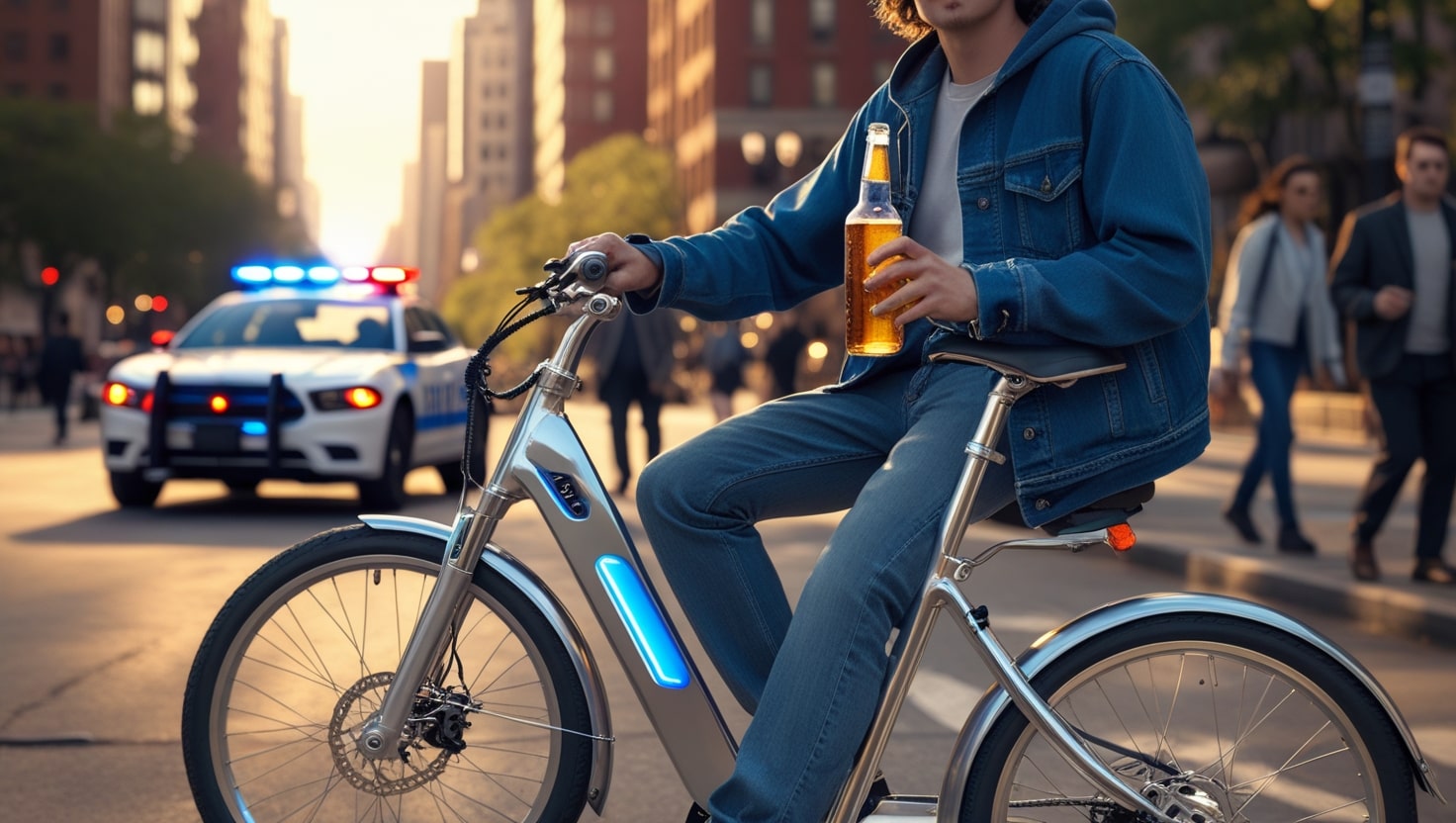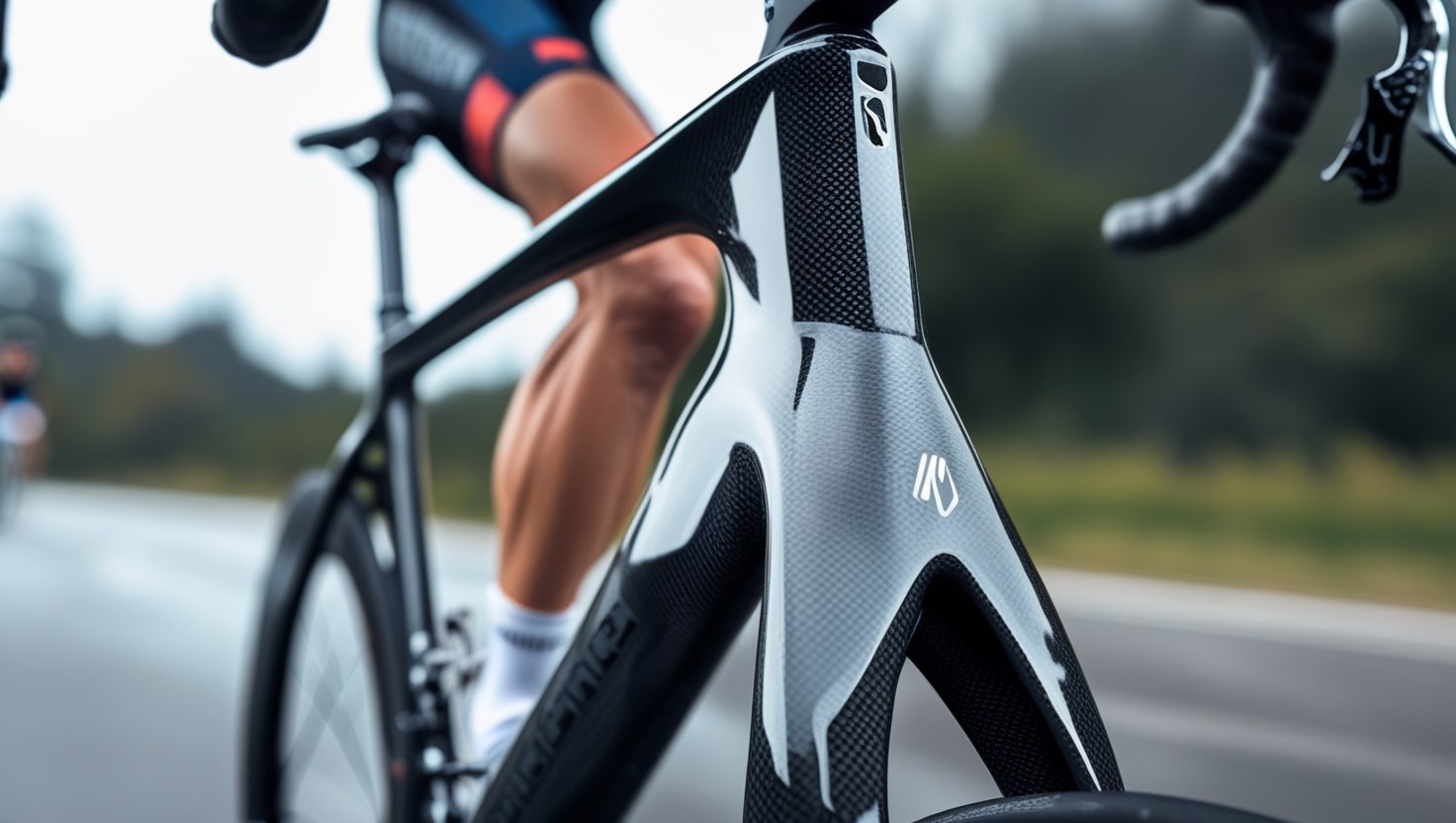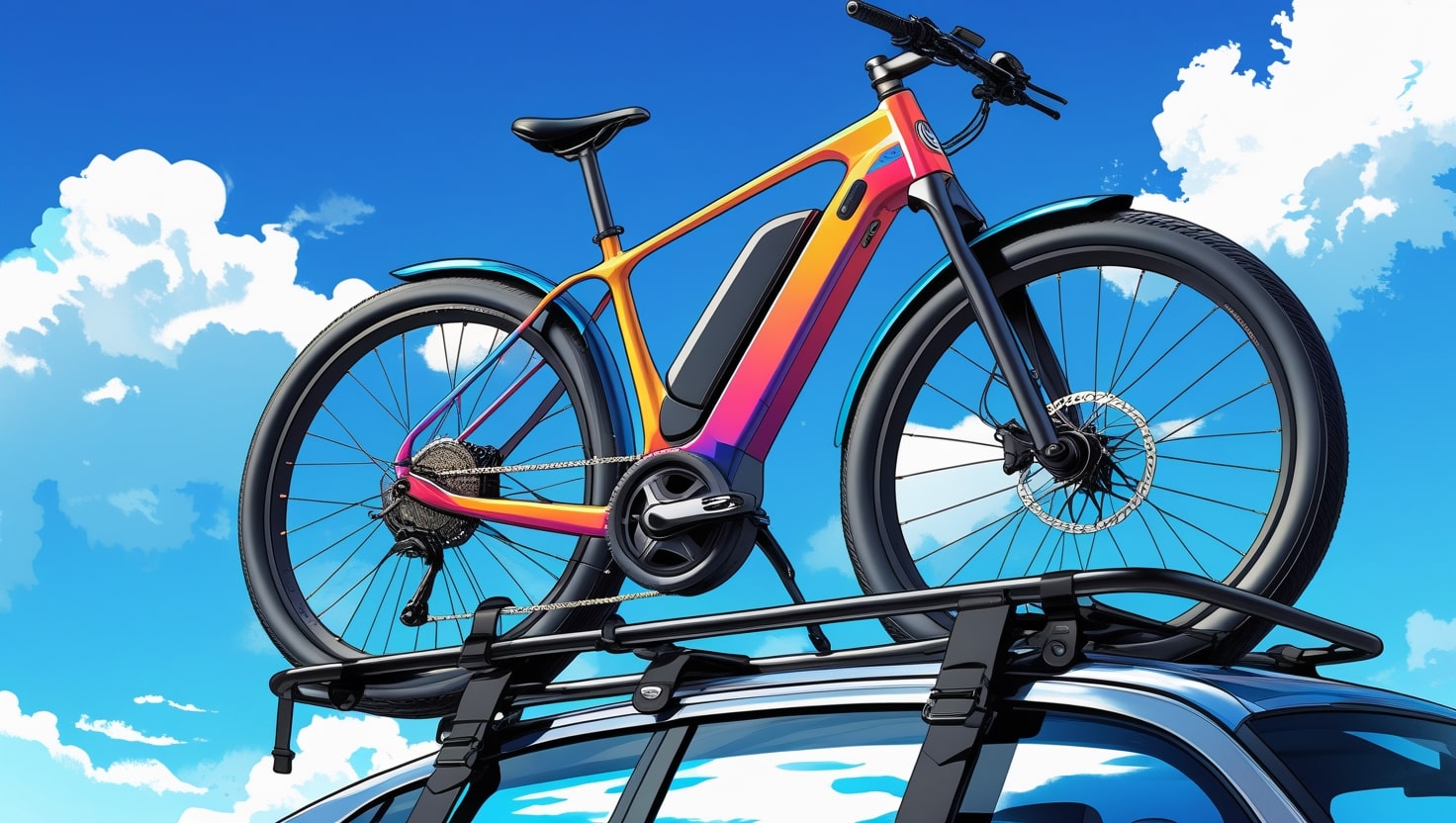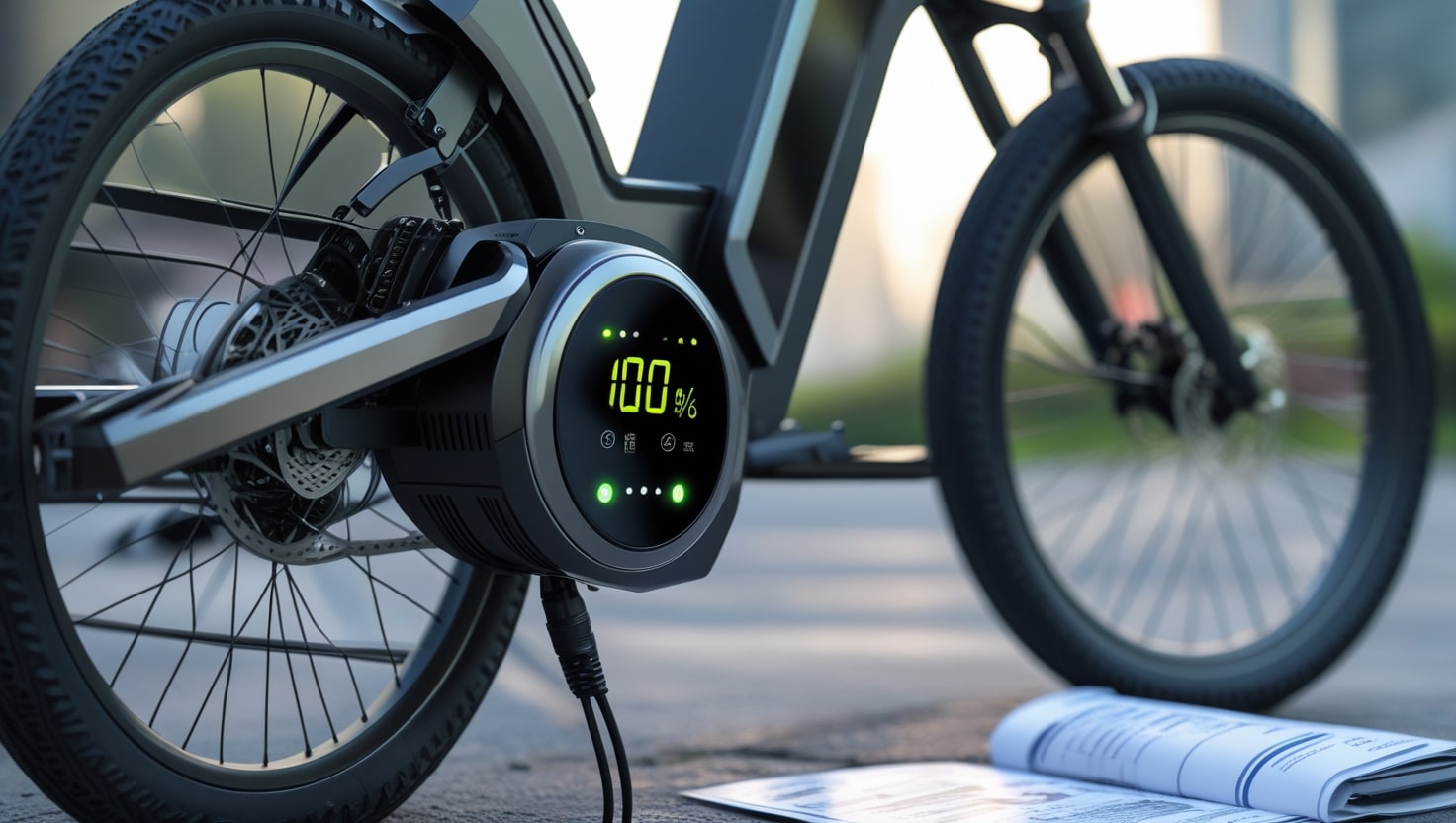As bike owners, we’ve all experienced the frustration of flat tires—a seemingly never-ending issue that can quickly take the thrill out of riding. Having to deal with flat tires can be annoying, particularly if it becomes a time-consuming task that interferes with your ride and prevents you from returning to the trail. What if you could get back on track much faster and with less hassle?
This is where the CO2 inflator comes into play. With CO2, inflation becomes a breeze, offering an easier and faster solution for getting your tire pumped and ready in no time. In this guide, I’ll show you how to use CO2 bike tire inflator, making it an essential tool for any bike owner who wants to ride without the hassle of traditional tire fixes. Here you’ll find all the information you need to get going.
What are the parts of a CO2 inflator?
The nozzle, also known as the inflator head, and the cartridge are the two primary parts of a CO2 inflator. The cartridge holds the gas, and the inflator is the essential tool used to connect to the valve stem in order to inflate the tire. Depending on the model, the cartridge can either be pressed into the inflator head or screwed in, based on whether the head accepts threaded or non-threaded cartridges. It’s a simple yet effective design that makes CO2 inflation quick and convenient.
What are CO2 cartridges?
Compact containers that hold pressurized carbon dioxide are called CO2 cartridges. They are very easy to pack and store in your backpack or equipment because they are around the size of your thumb. They’re designed to be handy, so you always have a few with you when needed. Despite their small size, the pressure inside the cartridge allows it to release the gas rapidly when connected to the valve of your tire, causing it to fill with gas quickly, saving you both time and physical effort compared to using a manual pump.
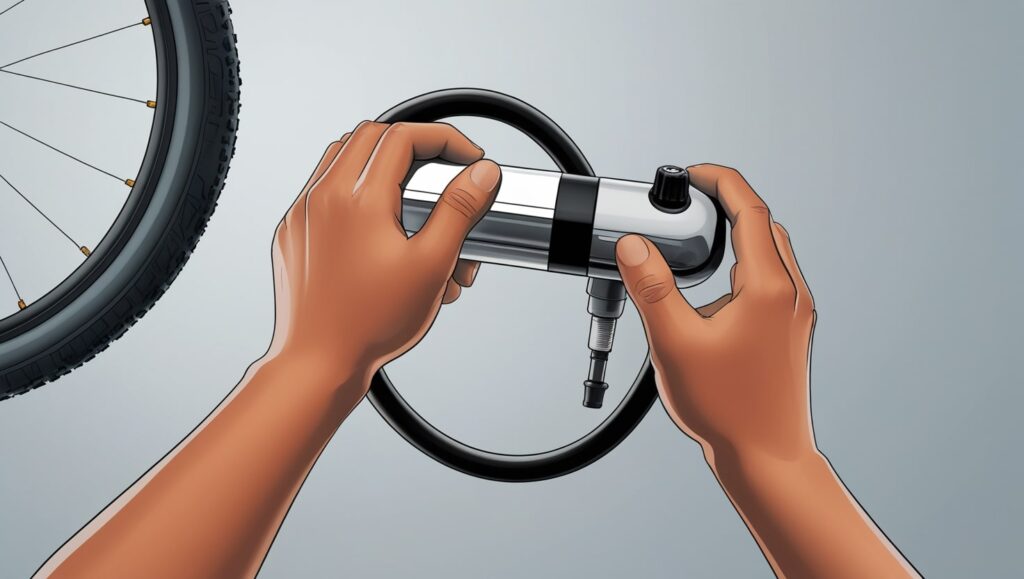
What are threaded and non-threaded cartridges?
When using a CO2 inflator, it’s important to understand the difference between threaded and non-threaded cartridges. Non-threaded cartridges are only pushed or shoved into the inflator head and are perforated once in position, whereas threaded cartridges feature threads that enable them to be screwed into the inflator head. To guarantee a good fit and prevent any problems, it’s crucial to always match the cartridge style with the inflator head you’re using.
Can you control the flow of the gas?
The sort of inflator head you have determines whether you can regulate the CO2 flow. As soon as they puncture the CO2 canister, certain units release air, which frequently leads to air running out and irate riders who have wasted their shot trying to get it correct. On the other hand, more recent CO2 inflator heads have flow controls that let you start and stop the CO2 flow. With a better inflator head, cyclists can choose the technology they prefer, such as twist-to-inflate, push-to-inflate, or trigger-controlled options.

how to use co2 bike tire inflator
Step 1: Screw the cartridge into the inflator head, grab the cartridge and the inflator head, and turn clockwise until the cartridge is tight.
Step 2: To reduce the chance of a freeze burn, slide the neoprene sleeve onto the cartridge.
Step 3: Prepare the valve by removing the cap and undoing the valve. Ensure the airway is clear by pressing down on top of the valve.
Step 4: Attach the inflator head by sliding the applicator over the edge of the valve and twisting clockwise until it’s tight. To tighten a Schrader valve, rotate the inflator head straight onto it.
Step 5: Inflate your tire by holding the canister with the neoprene sleeve and pressing the rubber button with your thumb to release the air into the tire. Fill it to your desired pressure or use the entire cartridge to set up tubeless, ensuring the tire beads onto the rim.
Step 6: To take the inflator head out of the valve, unscrew it counterclockwise.
Step 7: If you need to replace the empty canister, make sure to press the button on the bottom to ensure there’s no CO2 left inside. Once done, you can remove the canister and dispose of it responsibly.
How do you know what size cartridge to get?
To determine which CO2 cartridge size you need, consider the size of your tires. Road tires and regular bike tires work best with smaller units, such as the 16-gram and 20-gram cartridges. On the other hand, larger cartridges are better suited for bigger tires, such as those on 29ers, mountain bikes, or fat bike tires. Knowing the proper working pressure for your tires and using a bicycle tire CO2 inflation chart as a guide are the best ways to determine whether a cartridge will fit your bike.
CO2 inflators offer great convenience, and here are some important points to consider before you start using them. Give them a go, and experience smooth, fast rides without any hassle!


